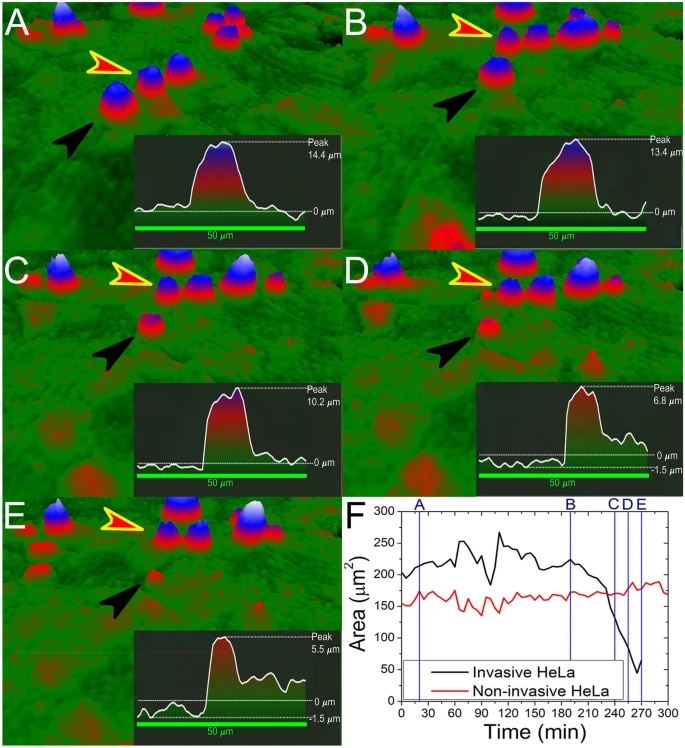Customer Publication

Simple and automatic monitoring of cancer cell invasion into an epithelial monolayer using label-free holographic microscopy
Journal: Scientific Reports (2022)
Institution: Nanobiosensorics Laboratory, Institute of Technical Physics and Materials Science, Centre for Energy Research, Budapest, Hungary
Research Areas: Cancer Research
Cell Lines: Vero, HeLa (Monkey kidney cells, human cervical cancer cells)
Summary: The invasiveness of cancer cells describes the metastasizing capability of a primary tumor. Therefore, the straightforward detection and quantification of cancer cell invasion are important to predict the survival rate of a cancer patient and to test how anti-cancer compounds influence cancer progression. The authors seed HeLa cells on top of a fully confluent epithelial monolayer cell from the African green monkey kidney and monitored the invasiveness of HeLa cells for 24h. A clear linear relationship between migration and invasion speed was found. Cancer cells with stronger migration have a slower invasion speed. These results not only describe the effect of how cancer cells invade the underlying monolayer in contrast to non-invasive HeLa cells but could help in future research to optimize drugs affecting cell invasibility in a fully automated, label-free and high-throughput manner.The experiment shows a new opportunity to study cancer cell invasion into cellular monolayers in depth.HoloMonitor M4 was used for cell motility and morphology study.